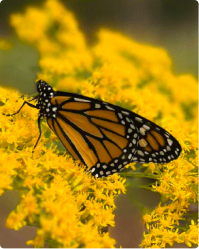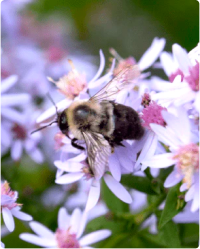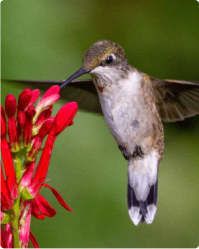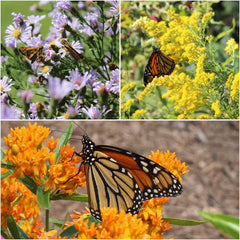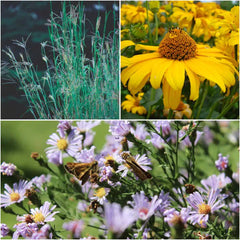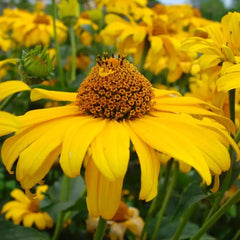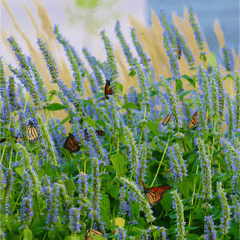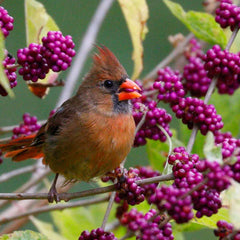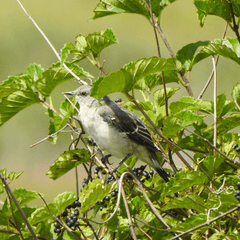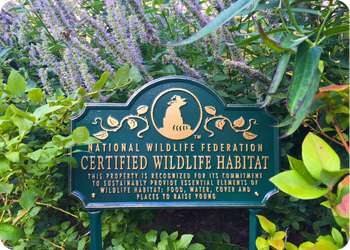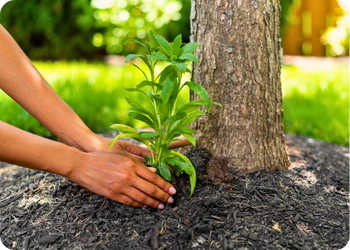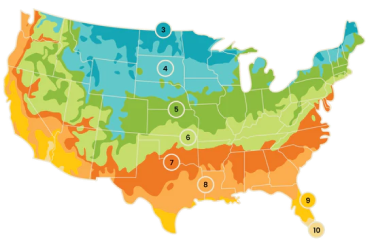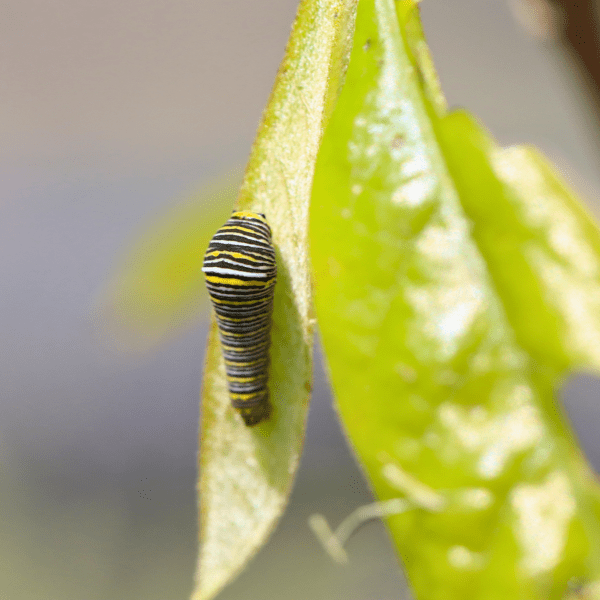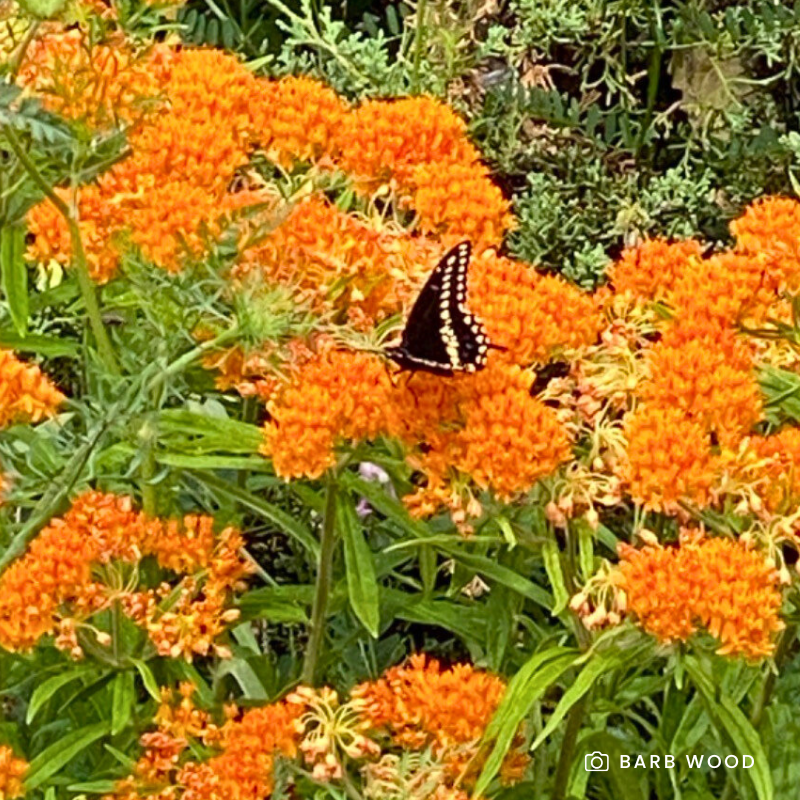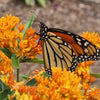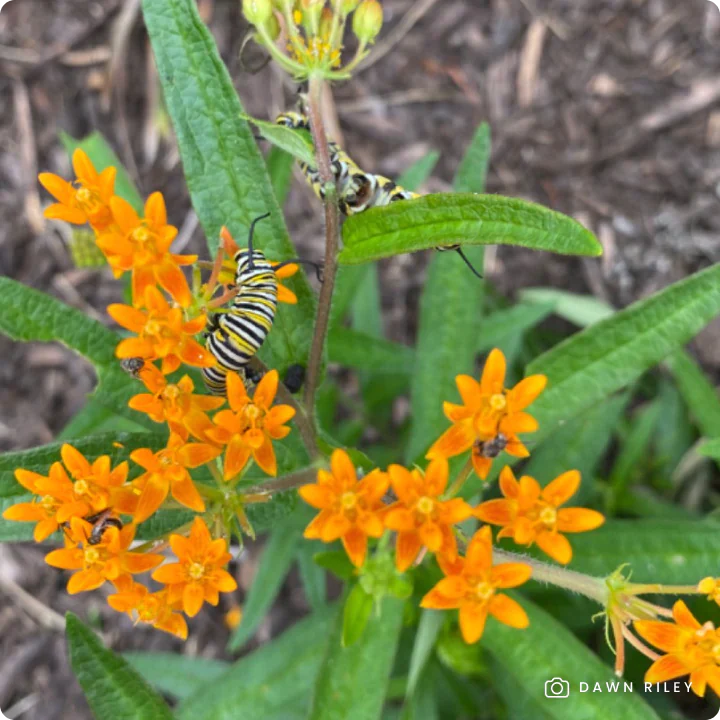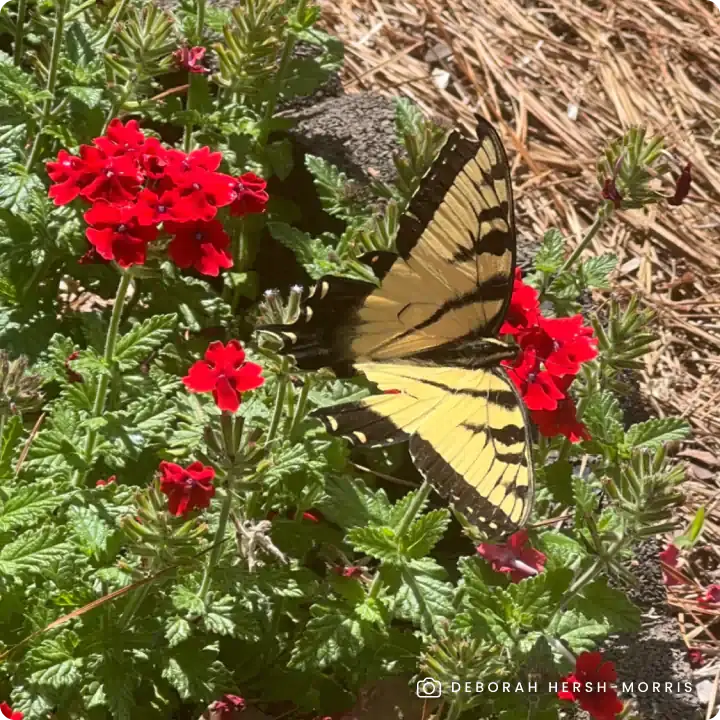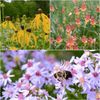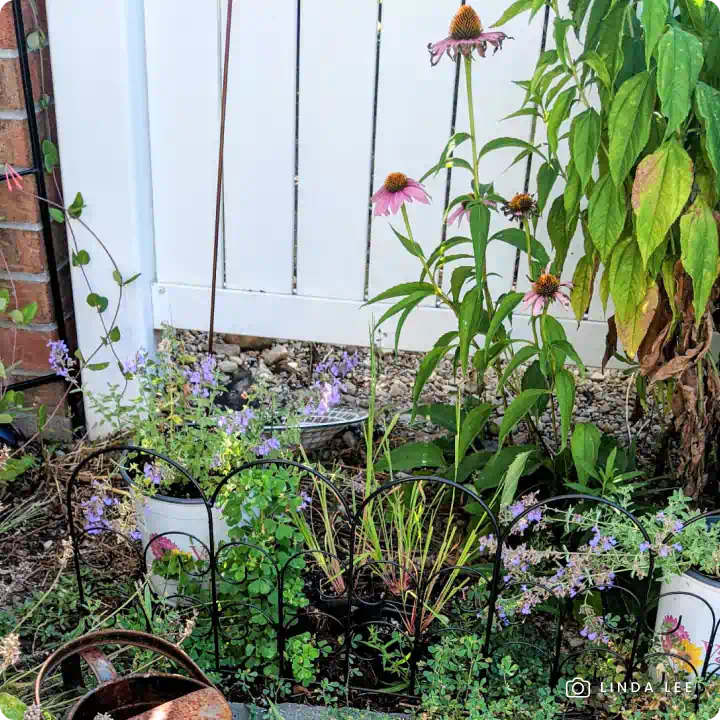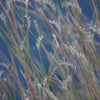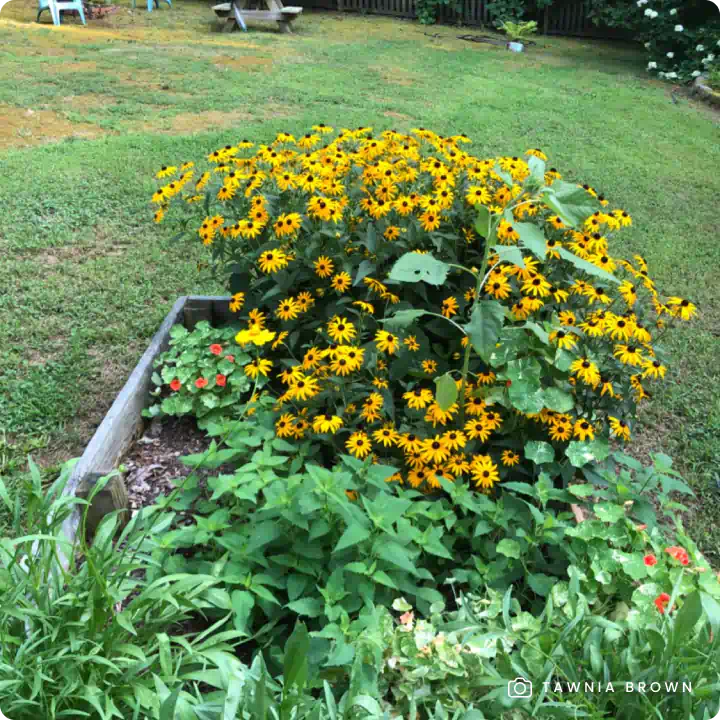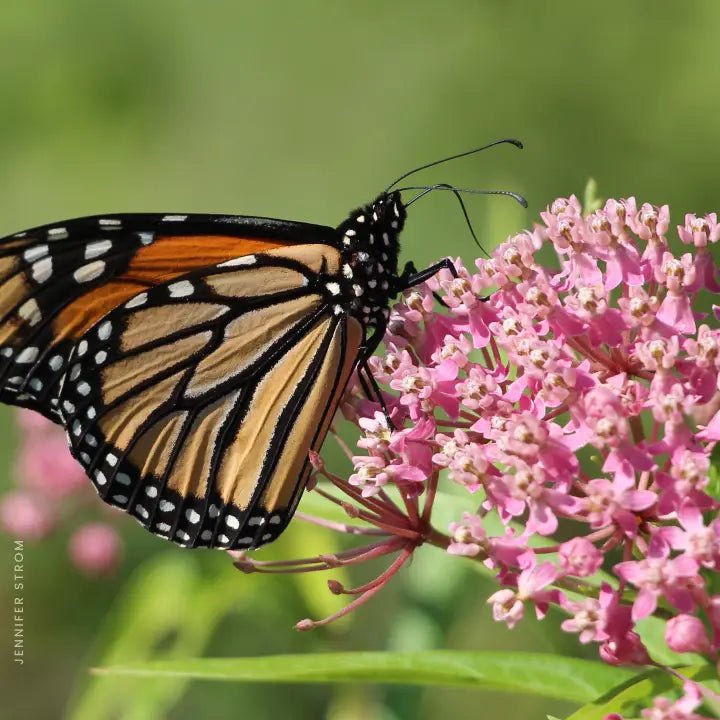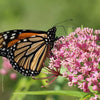The Pawpaw Tree (Asimina triloba) is a one-of-a-kind, native fruit tree that brings a tropical look to North American landscapes. Growing 15-30 feet tall, this short-trunked tree (or multi-stemmed shrub) features large, bright green, drooping leaves that create a lush, exotic canopy before turning golden yellow in fall. In early spring, before the leaves emerge, it produces intriguing, deep purple, six-petaled flowers, followed by large, banana-like fruit that ripens in late summer to early fall.
Often called "America’s forgotten fruit," pawpaw produces sweet, custard-like fruit with a flavor reminiscent of banana, mango, and melon. This highly nutritious fruit was once a staple food for Indigenous peoples and early settlers, and it continues to be a favorite among foragers and wildlife.
Pawpaw trees thrive in moist, well-drained soils and are excellent for understory plantings, woodland gardens, and edible landscapes. They are also the host plant for the zebra swallowtail butterfly, making them an essential choice for pollinator-friendly gardens.
Why Grow a Pawpaw Tree?
- Rare Native Fruit: Produces edible, custard-like fruit that tastes like banana, mango, and melon.
- Supports Pollinators & Wildlife: A host plant for the zebra swallowtail butterfly and a valuable food source for birds, opossums, squirrels, and raccoons.
- Lush, Tropical-Looking Foliage: Large, tropical-style leaves create a stunning understory tree with golden fall color.
- Shade-Tolerant & Low-Maintenance: Thrives in moist, well-drained soils and naturally resists pests and diseases.
- Pollinator-Safe: Grown non-GMO and free of harmful neonicotinoids, promoting a healthy ecosystem for pollinators and wildlife.
Available as single trees shipped in one-gallon containers to establish a native fruit-bearing landscape.
Planting Tips
- Location: Prefers part shade but does best in dappled light as an understory tree. Thrives in moist, acidic, well-drained soil.
- Watering: Water regularly during the first few years to establish deep roots. Prefers consistent moisture but is not tolerant of prolonged drought.
- Pollination & Fruit Production: Cross-pollination is required for fruit production—plant at least two genetically different pawpaw trees for a reliable fruit set. Pollinated by flies and beetles rather than bees, so planting near a wildflower-rich area may encourage better fruiting.
- Maintenance: Minimal care required. If desired, prune in late winter or early spring to shape the plant and remove dead branches. Mulch around the base to retain moisture and suppress weeds. Harvest fruit in late summer to early fall when they soften and develop a strong, sweet fragrance.
For more information on planting, view our How to Plant Your Native Plants guide and other planting tips in the Garden for Wildlife Learning Center.
Plant a Pawpaw Tree and enjoy tropical-looking foliage, delicious fruit, and a tree that supports both pollinators and wildlife!
*Important to Note: Fruit may cause skin irritation and digestive discomfort in some individuals—handle with care if sensitive. Unripe fruit, leaves, and seeds contain low levels of toxicity—keep away from pets and small children.
